Nan Bai
Information Retrieval for Climate Impact
Apr 01, 2025Abstract:The purpose of the MANILA24 Workshop on information retrieval for climate impact was to bring together researchers from academia, industry, governments, and NGOs to identify and discuss core research problems in information retrieval to assess climate change impacts. The workshop aimed to foster collaboration by bringing communities together that have so far not been very well connected -- information retrieval, natural language processing, systematic reviews, impact assessments, and climate science. The workshop brought together a diverse set of researchers and practitioners interested in contributing to the development of a technical research agenda for information retrieval to assess climate change impacts.
MentalGLM Series: Explainable Large Language Models for Mental Health Analysis on Chinese Social Media
Oct 14, 2024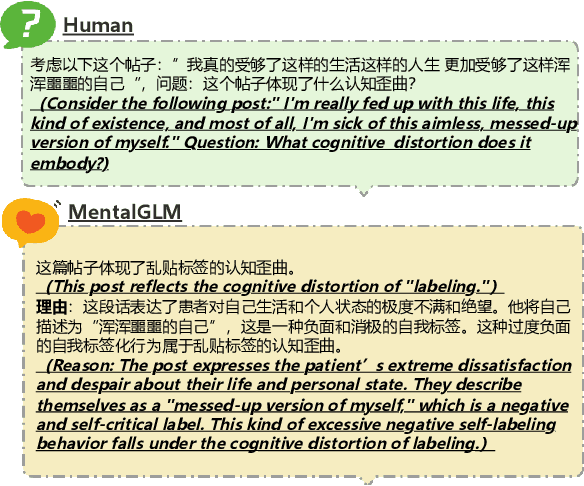

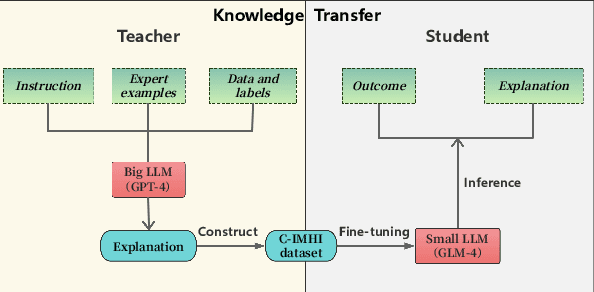

Abstract:As the prevalence of mental health challenges, social media has emerged as a key platform for individuals to express their emotions.Deep learning tends to be a promising solution for analyzing mental health on social media. However, black box models are often inflexible when switching between tasks, and their results typically lack explanations. With the rise of large language models (LLMs), their flexibility has introduced new approaches to the field. Also due to the generative nature, they can be prompted to explain decision-making processes. However, their performance on complex psychological analysis still lags behind deep learning. In this paper, we introduce the first multi-task Chinese Social Media Interpretable Mental Health Instructions (C-IMHI) dataset, consisting of 9K samples, which has been quality-controlled and manually validated. We also propose MentalGLM series models, the first open-source LLMs designed for explainable mental health analysis targeting Chinese social media, trained on a corpus of 50K instructions. The proposed models were evaluated on three downstream tasks and achieved better or comparable performance compared to deep learning models, generalized LLMs, and task fine-tuned LLMs. We validated a portion of the generated decision explanations with experts, showing promising results. We also evaluated the proposed models on a clinical dataset, where they outperformed other LLMs, indicating their potential applicability in the clinical field. Our models show strong performance, validated across tasks and perspectives. The decision explanations enhance usability and facilitate better understanding and practical application of the models. Both the constructed dataset and the models are publicly available via: https://github.com/zwzzzQAQ/MentalGLM.
Augmented Computational Design: Methodical Application of Artificial Intelligence in Generative Design
Oct 13, 2023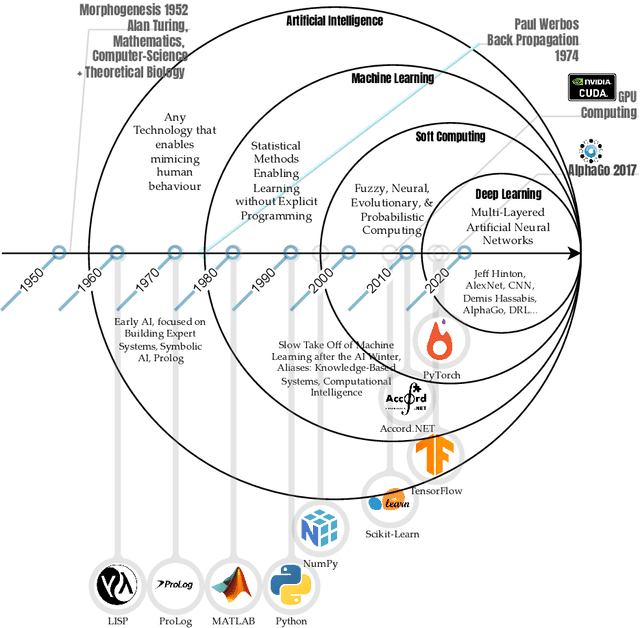
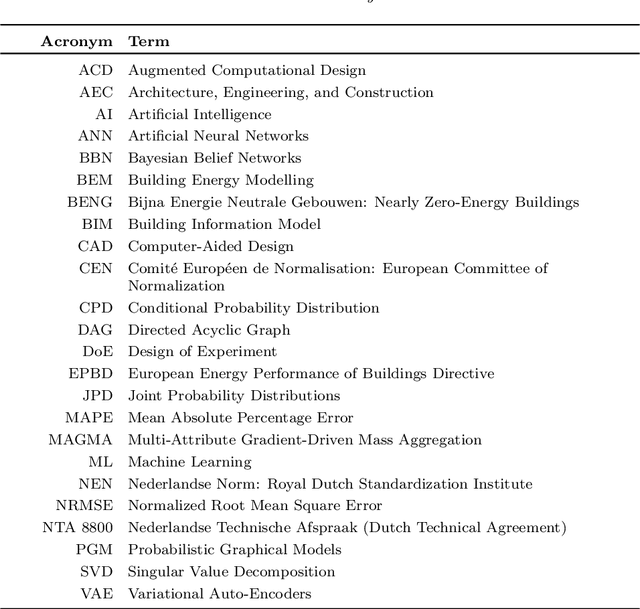
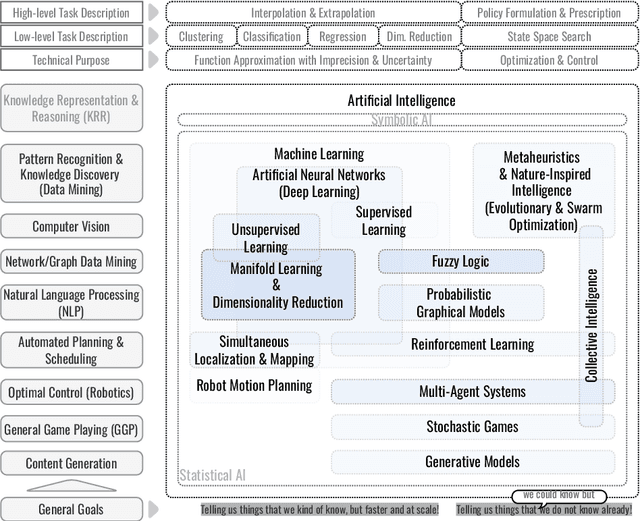
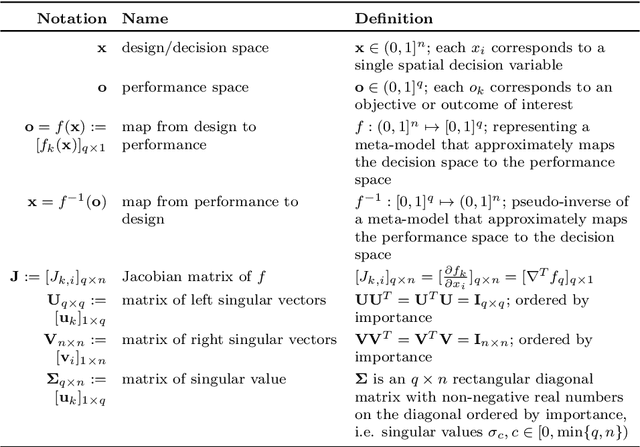
Abstract:This chapter presents methodological reflections on the necessity and utility of artificial intelligence in generative design. Specifically, the chapter discusses how generative design processes can be augmented by AI to deliver in terms of a few outcomes of interest or performance indicators while dealing with hundreds or thousands of small decisions. The core of the performance-based generative design paradigm is about making statistical or simulation-driven associations between these choices and consequences for mapping and navigating such a complex decision space. This chapter will discuss promising directions in Artificial Intelligence for augmenting decision-making processes in architectural design for mapping and navigating complex design spaces.
WHOSe Heritage: Classification of UNESCO World Heritage "Outstanding Universal Value" Documents with Smoothed Labels
Apr 12, 2021
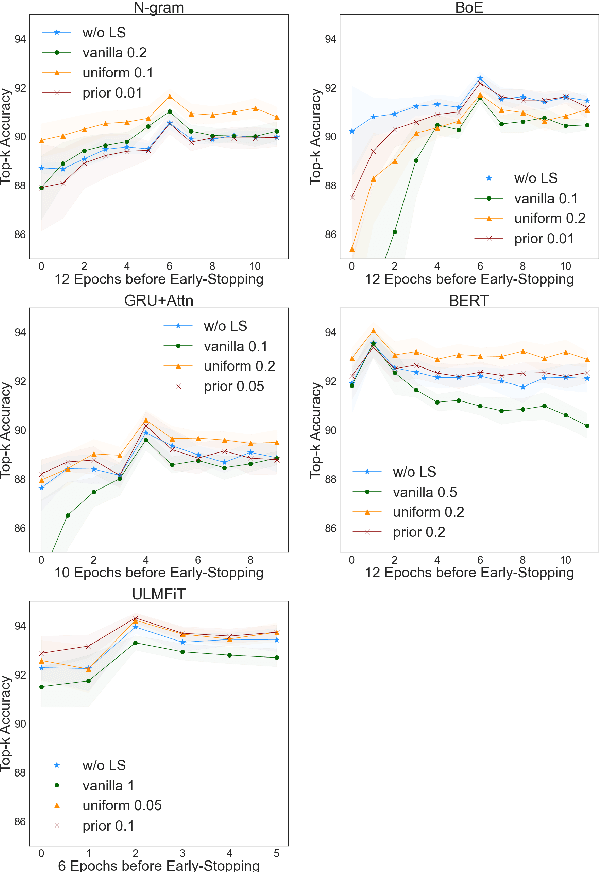
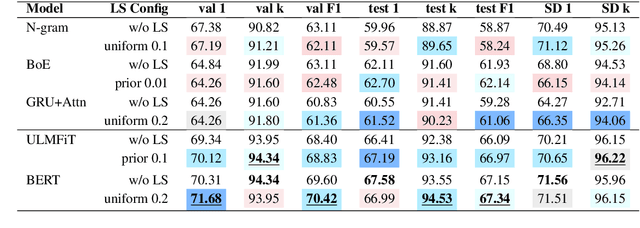
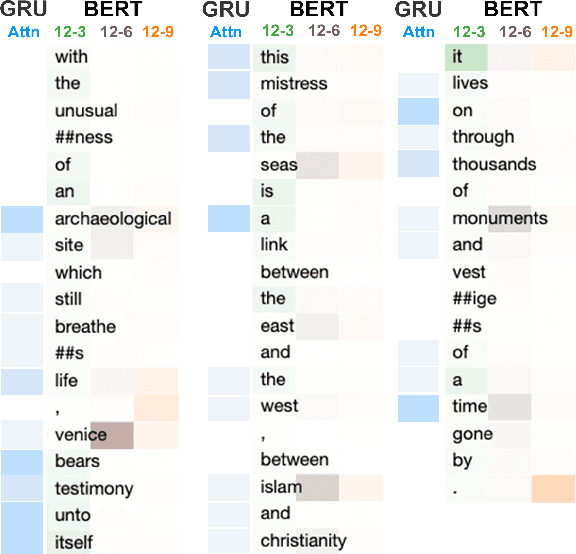
Abstract:The UNESCO World Heritage List (WHL) is to identify the exceptionally valuable cultural and natural heritage to be preserved for mankind as a whole. Evaluating and justifying the Outstanding Universal Value (OUV) of each nomination in WHL is essentially important for a property to be inscribed, and yet a complex task even for experts since the criteria are not mutually exclusive. Furthermore, manual annotation of heritage values, which is currently dominant in the field, is knowledge-demanding and time-consuming, impeding systematic analysis of such authoritative documents in terms of their implications on heritage management. This study applies state-of-the-art NLP models to build a classifier on a new real-world dataset containing official OUV justification statements, seeking an explainable, scalable, and less biased automation tool to facilitate the nomination, evaluation, and monitoring processes of World Heritage properties. Label smoothing is innovatively adapted to transform the task smoothly between multi-class and multi-label classification by adding prior inter-class relationship knowledge into the labels, improving the performance of most baselines. The study shows that the best models fine-tuned from BERT and ULMFiT can reach 94.3% top-3 accuracy, which is promising to be further developed and applied in heritage research and practice.
 Add to Chrome
Add to Chrome Add to Firefox
Add to Firefox Add to Edge
Add to Edge